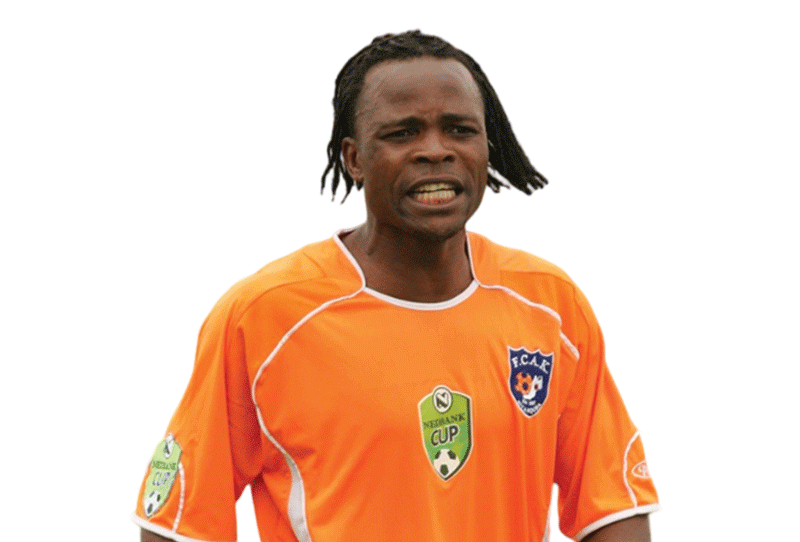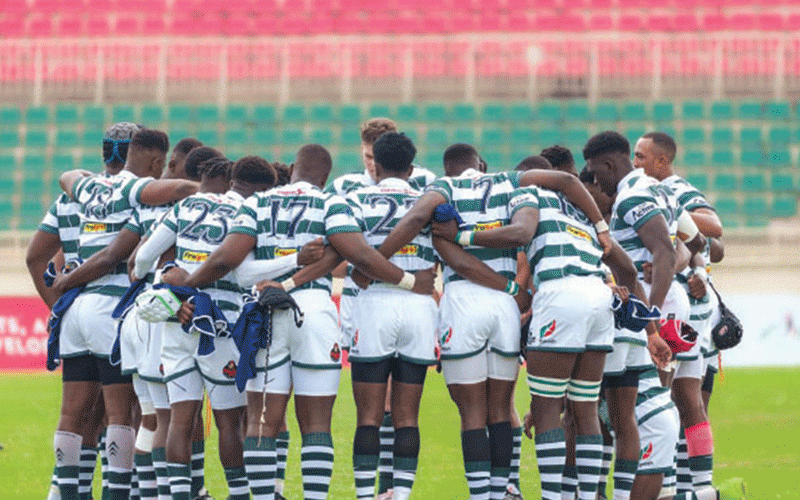
You may be hitting aiming at a specific target, particularly if you are in the rural areas where there are no golf courses.
In golf, that specific target is a hole which should be within a cleared/made up area which is called a putting green. If you are in the rural areas you can prepare your finishing point to become a putting green too by removing all grass, shrubs and stones.
Then open up a hole within the cleared area (see fig 8 & 9). There is a special designed golf club called putter which is mostly used when your ball is within the putting green. Choose a putter you are comfortable with. Once you have made your choice stick to it unless there is a really need to change. The club is designed to roll the ball and not lift it. The striking of the ball using a putter is called putting.
Putting is a very important part of the game of golf. It accounts for nearly 50% of the strokes in a round of golf (18 holes).
One writer once stated that “putting is a little bit like religion — there are a multitude of beliefs but no general consensus as to which is the right one.” In golf there are also different beliefs in putting. Players can hold the club or stand in any way they wish. There is no specific way which can be said to be the right one to be used. Whichever way you choose or develop, if it produces good results then that is the one for you.
Putting is an individualistic part of the game where personal preference is the ultimate decider for each person’s putting style. However, there are some common fundamentals which need to be observed. In putting, the major factor is not hitting the ball far as is the case in most of the other shots. Instead always aim to roll the ball (along the ground) towards the hole.
Position your ball inside your left foot i.e within the forward half of your stance to enable the ball to be struck on the upswing. Let the arms hang down freely from the shoulder. Lock/plaster your hands on the shaft and address the ball. Stand close to the ball. Your eyes, particularly the left eye, should be above the ball at address in such a way that if a ball was to be dropped from the left eye it should hit the top of your ball on the ground. As you start the backswing, take the blade of the putter back square on the line of the hole (ball to target direction).
Do not allow any part of your hands to bend. The movement of the club should originate from the shoulders hence the hands and club should move in one unit. When striking the ball you should be at ease on the backswing and then gently accelerate the putter’s club head through impact. “Accelerate you win. Decelerate you lose”. This is true, be guided accordingly. Develop confidence and be positive with each stroke. Do not leave any putts short. Let your putts pass the hole even if you are going to miss. Never up, never in, so they say.
- Chamisa under fire over US$120K donation
- Mavhunga puts DeMbare into Chibuku quarterfinals
- Pension funds bet on Cabora Bassa oilfields
- Councils defy govt fire tender directive
Keep Reading
As nearly half of the hits (strokes) are on the putting green, it should follow that you should also spend half of your practising time on the putting green. I assure you, it is time well-spent. You will never regret. You can create your own small putting green within your residential yard, office yard, and school grounds. Alternatively, if you happen to have a carpet, that is fantastic, you can use it to your advantage (see fig 9 & 10). There is a lot more on putting which will be covered later. For any feedback/comments and any assistance you may need contact the writer at The Centre for Training and Research Services on email: [email protected] or mobile no. 263712200922 /263772319612











